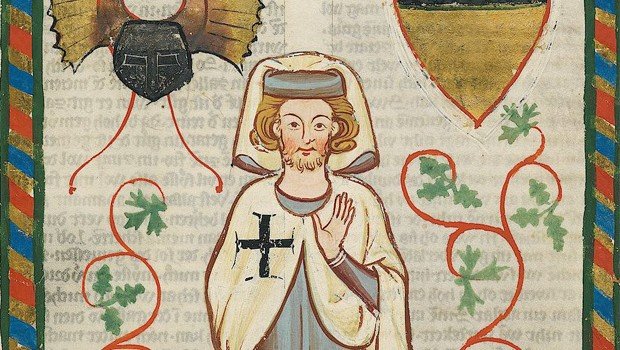
An archeologist says DNA testing was done on the skeleton remains of the three in the city of Kwidzyn -- the Teutonic fortress of Marienwerder in the Middle Ages.
He says the tests indicate the remains are those of Werner von Orseln, the knights' leader from 1324 to 1330; Ludolf Koenig, who ruled from 1342 to 1345, and Heinrich von Plauen, who reigned from 1410 to 1413.
Bogumil Wisniewski, the archeologist who spearheaded the search, tells The Associated Press that researchers are 95 to 96 per cent sure it is them.
He says the skeletons, found in wooden coffins, were draped in silks -- some painted with gold -- a fabric reserved only to those highest in power in the Middle Ages.
DNA tests matched their age to that of the death age of the three grand masters. They also revealed temporary malnutrition in one of the skeletons that could match the 10-year imprisonment of von Plauen.
Wisniewski acknowledged he could only be completely certain of the identities "if I met each face-to-face and he told me his name."
But he said several other indicators supported the find, including wall paintings in the cathedral showing the three grand masters and historic documents saying that von Orseln and Koenig were buried there. The order ruled in the area until early 16th century.
Wojciech Weryk, co-ordinator for city development and promotion, said the remains will be returned to the crypt and displayed under a special glass shield, so visitors can see them.
"This is such a valuable historic finding that we should show it," Weryk said.
The Order of the Teutonic Knights was founded in the late 12th century to aid German pilgrims in the Holy Land.
It became a military order, wearing trademark white coats with black crosses, forcefully bringing Christianity to pagan Prussians. It took control along the Baltic Sea coast in what is now northern Poland.
The order was crushed by Polish and Lithuanian forces at the Battle of Grunwald in 1410.
Source: The Associated Press



Reader Comments
to our Newsletter